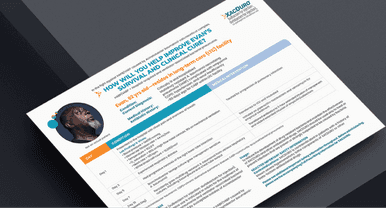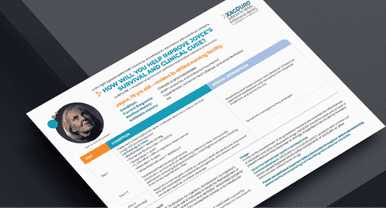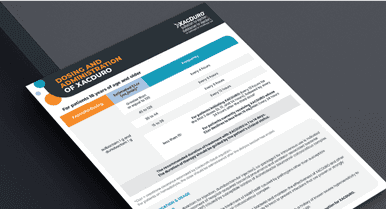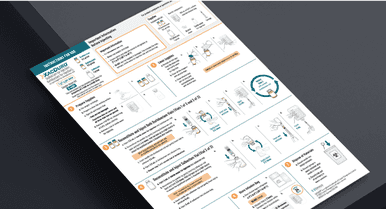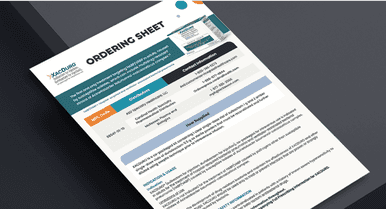Access & Resources
Getting
started with
XACDURO
Contact a distributor
To order XACDURO, please contact one of the distributors below.
If you would like more information about XACDURO or have questions related to research, please contact a
.Slide table to view more
| NDC Code | Distributors | Contact Information |
|---|---|---|
NDC 68547-111-10 XACDURO is a co-packaged product containing:
Each single-dose vial contains sterile powders for reconstitution | ASD Healthcare is now AmerisourceBergen specialty distribution | 1-800-746-6273 |
| Cardinal Health Specialty Pharmaceutical Distribution | 1-866-677-4844 | |
| McKesson Plasma and Biologics | 1-877-625-2566 |
Downloadable practice tools
Want to know more?
Request to speak with a XACDURO sales representative or receive information.
Treat with Precision.
Choose pathogen-targeted coverage for HABP/VABP caused by susceptible isolates of Acinetobacter baumannii-calcoaceticus complex with XACDURO.1
Reference:
1. Kaye KS, et al. Lancet Infect Dis. 2023;11:s1473‑3099(23)00184‑6. doi:10.1016/s1473‑3099(23)00184‑6

